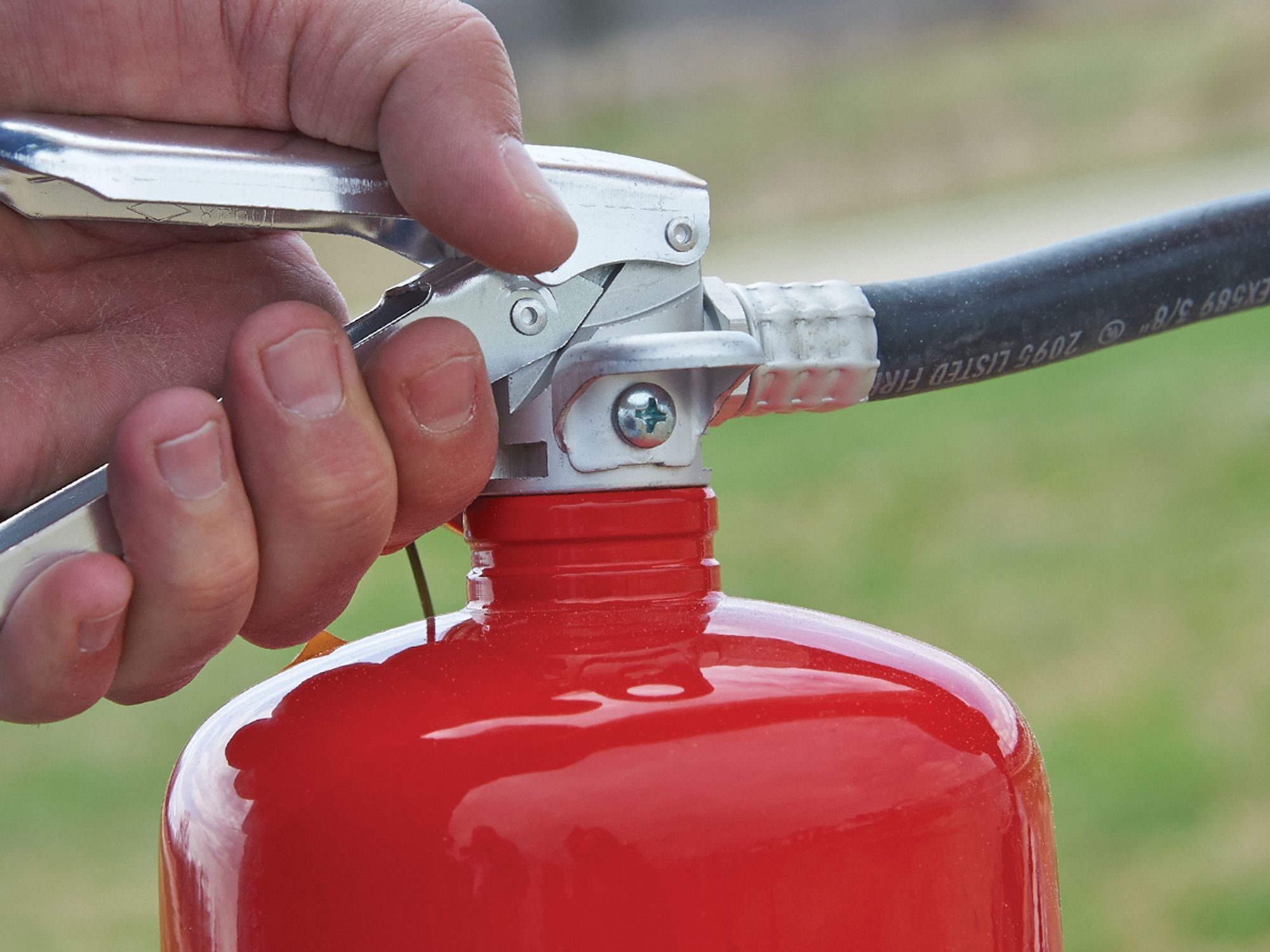
Be Part of the Ultimate Safety & Compliance Community
Trending news, knowledge-building content, and more – all personalized to you!
:
|

Fire is among the deadliest of work hazards. Due to the nature of many hazardous substances at hazardous waste cleanup sites, fire is a real threat. Control measures must be in place to help protect against fire once it starts.
The different forms of fire protection that might be found at a site include:
Sanitation is yet another control measure. Sanitary measures are used to maintain an acceptable level of personal hygiene and to reduce the likelihood of exposure to hazardous substances through ingestion or dermal contact. Sanitary measures that must be taken at a hazardous waste cleanup site include the following:

Fire is among the deadliest of work hazards. Due to the nature of many hazardous substances at hazardous waste cleanup sites, fire is a real threat. Control measures must be in place to help protect against fire once it starts.
The different forms of fire protection that might be found at a site include:
Sanitation is yet another control measure. Sanitary measures are used to maintain an acceptable level of personal hygiene and to reduce the likelihood of exposure to hazardous substances through ingestion or dermal contact. Sanitary measures that must be taken at a hazardous waste cleanup site include the following: